Self-healing of a phase change memory device with a metallic surfactant layer opens up new pathways in storage class memory.
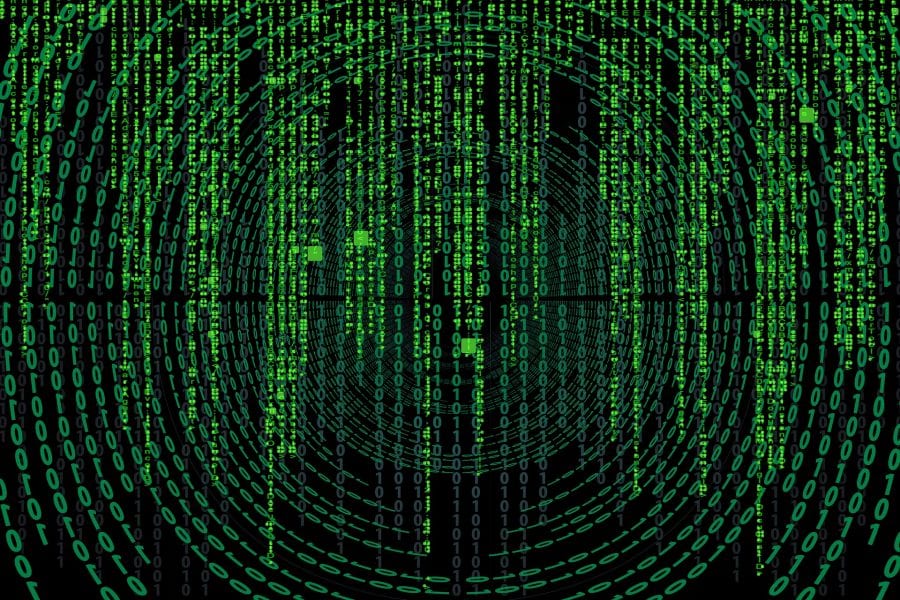

Self-healing of a phase change memory device with a metallic surfactant layer opens up new pathways in storage class memory.
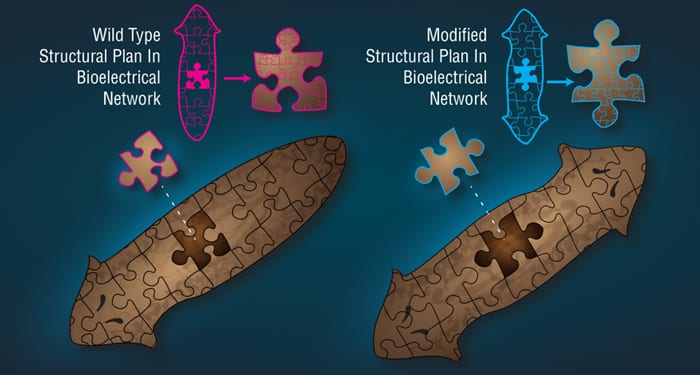
Pattern regulation, as observed in regeneration and development, enables cells to cooperate toward the creation and maintenance of complex anatomies. This image shows planaria, of which every piece has the information needed to restore a complete planarian target morphology.

Lambert Alff and his team from Darmstadt University of Technology (TU Darmstadt) in Germany, along with their collaborators, propose a novel unified model for hafnium-oxide resistive random access memory (RRAM) based on the role of oxygen vacancy defects.
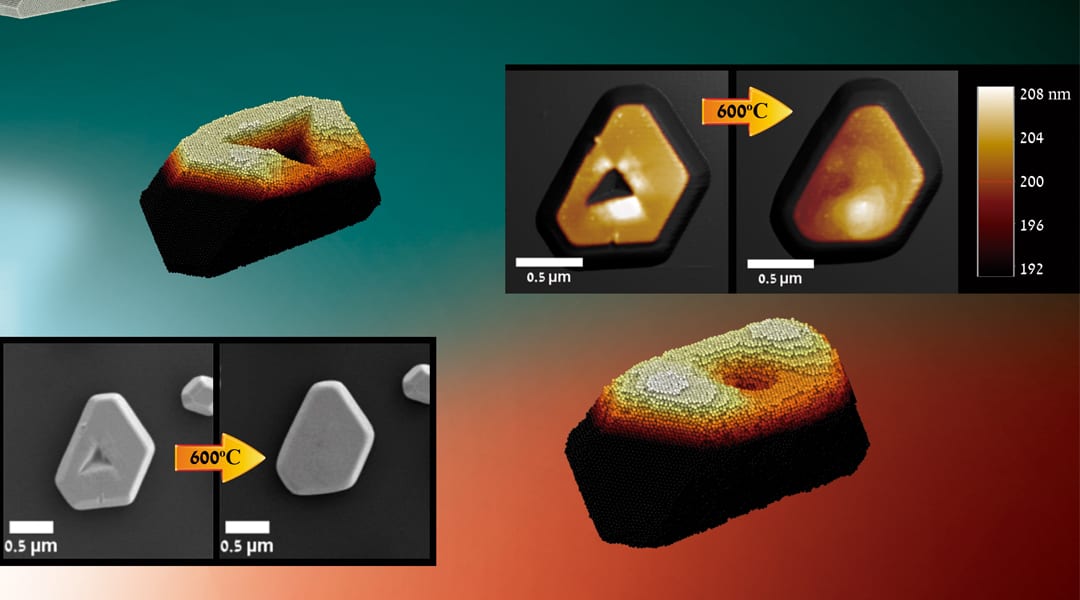
The combination of two irreversible processes is shown to lead to damage recovery and reversible restoration of particle shape.
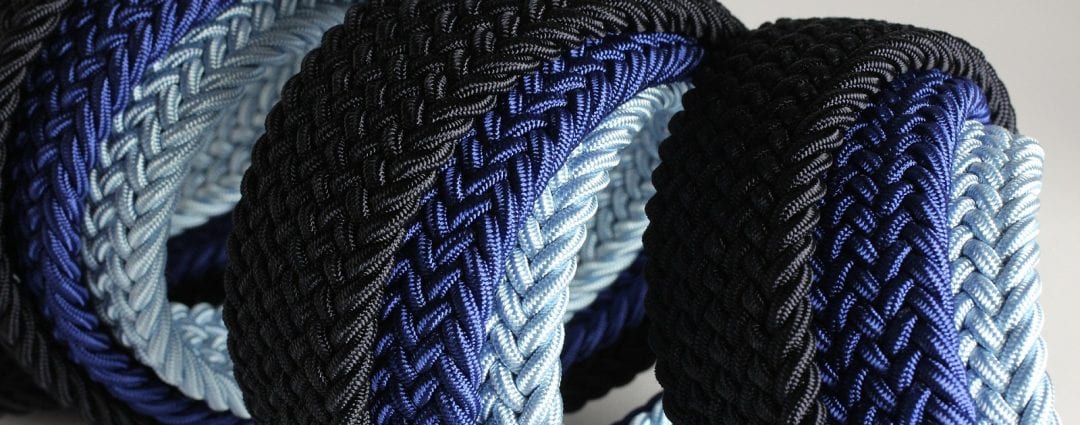
New memory cloth does not use any electricity and will be able to be worn like normal clothing.
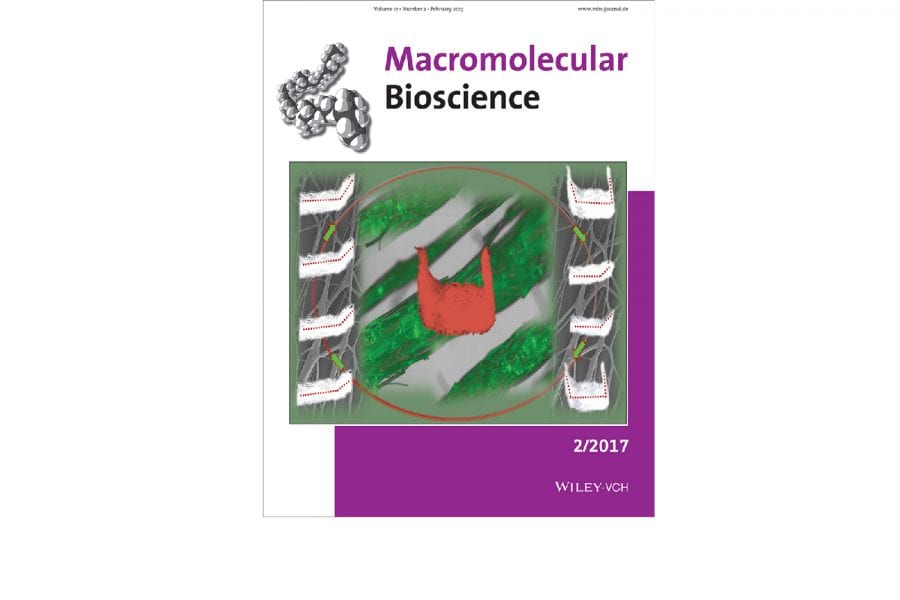
Temperature responsive fibers from shape memory polymers are assembled into bioactive mats or scaffolds.
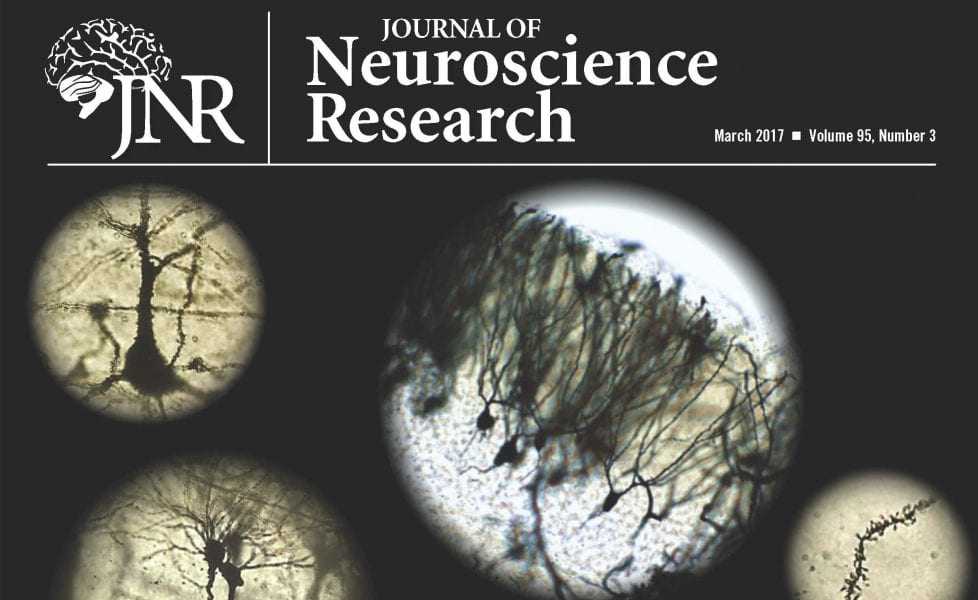
A highlight on new perspectives and data on the anatomical organization and functional interactions of corticolimbic circuits in learning, memory and disease.
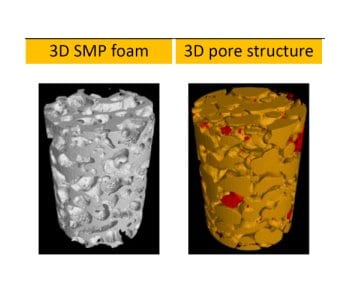
This study expands the potential applications of the SMP foam in tissue engineering.
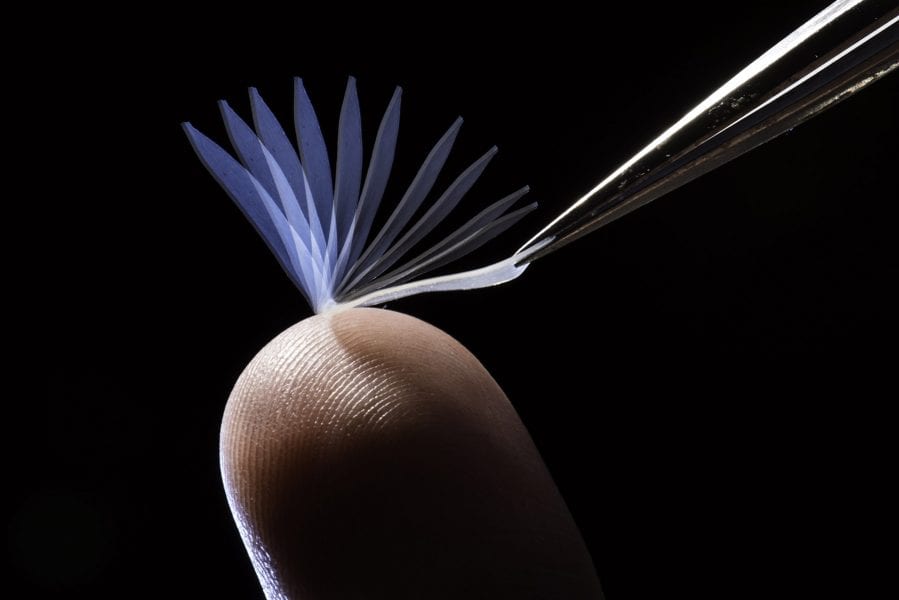
The Journal of Polymer Science Part B: Polymer Physics has published a special issue on shape-memory polymers.
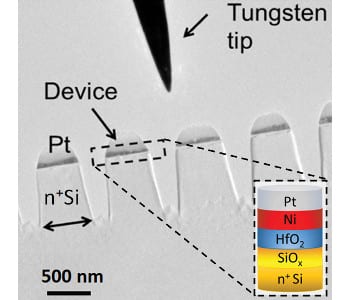
A potentially major breakthrough has been made in the study of ReRAM memory devices.